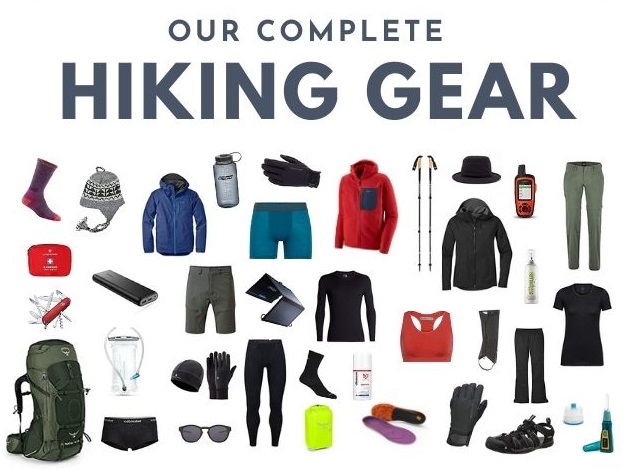A: You may have heard from others who have done the trip that you need to pack your essential hiking gear for Kilimanjaro into your cabin luggage. This has merit as unfortunately, it's not unheard of that your luggage goes missing or is delayed on route to Kilimanjaro International Airport (JRO). If you are scheduled to start a group trek the day after you land, a luggage delay is going to wreak serious havoc with your trip. For this reason, we advise packing essential items into your hand luggage which is likely also your daypack.
When you travel for a hike, the following items must be in your hand luggage (just in case!); waterproof shell jacket, pair of trekking pants, thermal base layers, 1 or two hiking tops, underwear and a couple pairs of socks. Also always wear your hiking boots on the plane. Bring along some travel slippers for comfort if it's a long flight.
It may seem like a lot to fit in however, if you roll your clothing into tights bundles, you will find that you can fit a surprising amount into a 20-30l backpack. No need to try fit all your gear in hand luggage but it does give you some peace of mind to have the basics with you. Worst case scenario, you will be able to hire additional kit from us.
Note: Trekking poles are not permitted in cabin luggage, leave those in your main bag.
